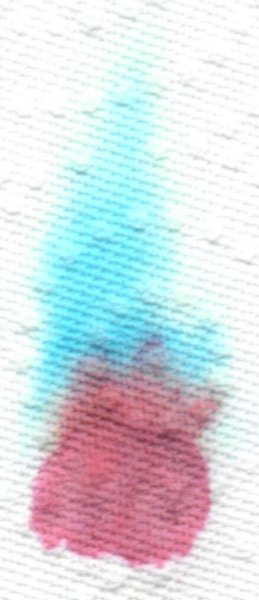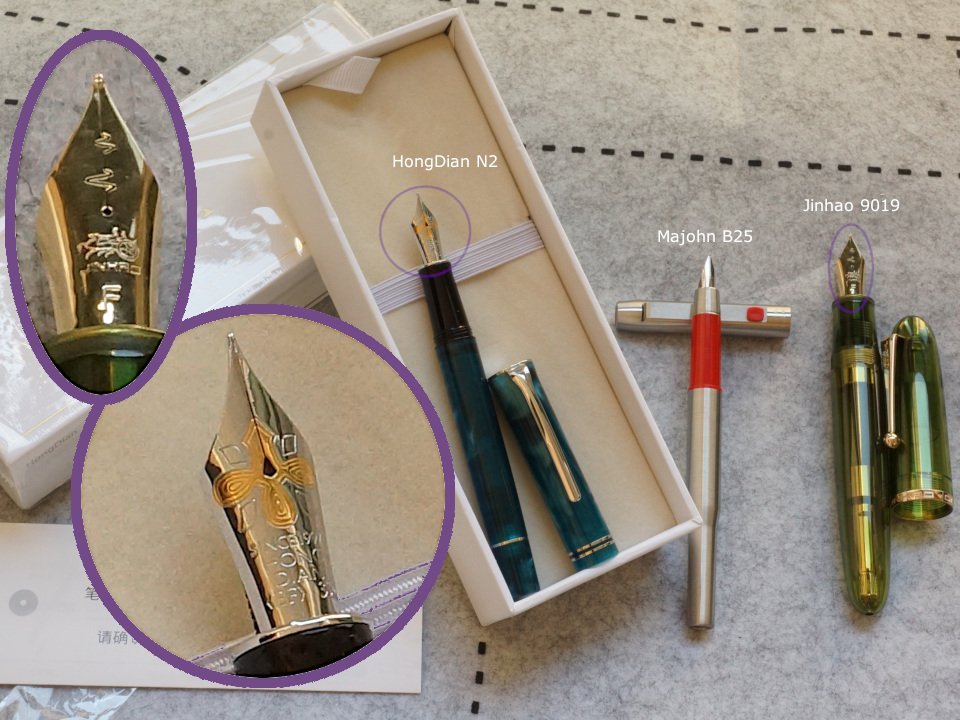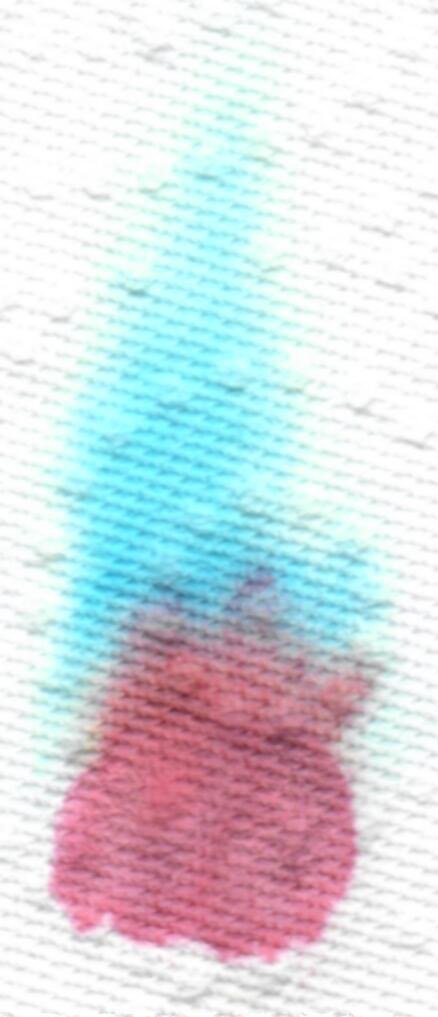Chancery Italic Script instructions
-
Forum Statistics
355.5k
Total Topics4.6m
Total Posts -
Member Statistics
128,429
Total Members18,857
Most OnlineNewest Member
Sortekatt
Joined -
Images
-
Albums
-
One-Off Post Attachments 2
- By LizEF,
- 0
- 112
- 90
-
Problems
- By A Smug Dill,
- 27
-
Chinese pens
- By A Smug Dill,
- 22
- 100
-
00-Feb-March-April2025
- By yazeh,
- 0
- 0
- 78
-
USG 10
- By USG,
- 0
- 0
- 79
-


















.thumb.jpg.f07fa8de82f3c2bce9737ae64fbca314.jpg)



desaturated.thumb.gif.5cb70ef1e977aa313d11eea3616aba7d.gif)







Recommended Posts